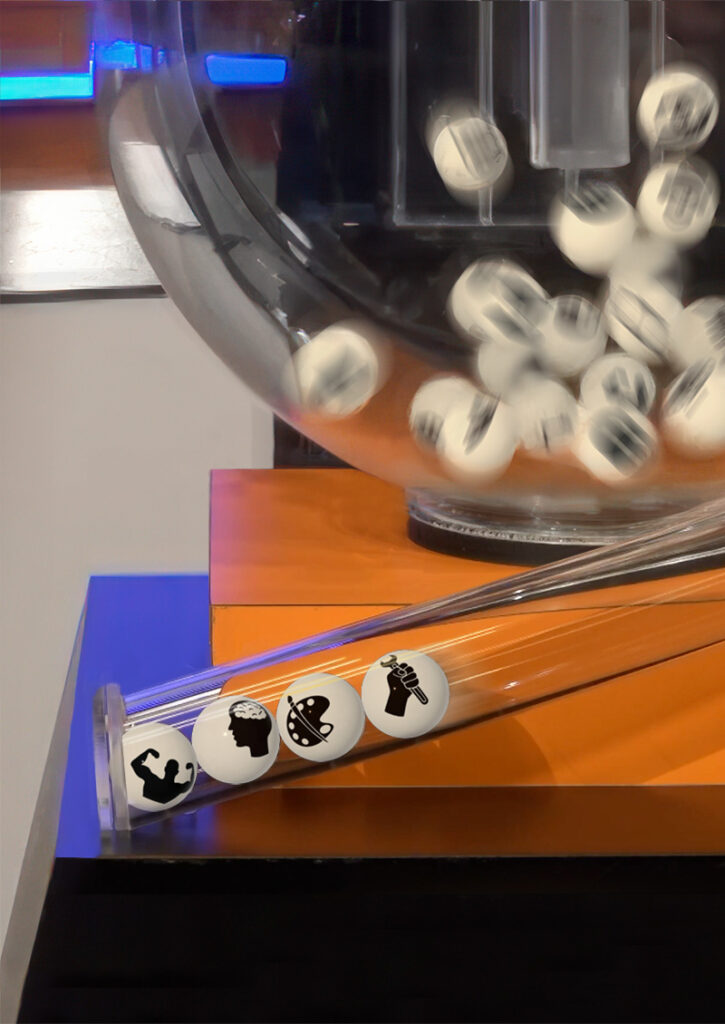There used to be a tradition among Princeton alumni to be coy about where we went to college. If the subject came up, we’d say something like “I went to school in New Jersey,” because merely admitting the fact that we’d attended Princeton could be seen as boasting.
I’ve lately come to wonder why attending an elite university is considered something one might boast about. It’s not as if I worked harder than my high school classmates in order to earn my spot at Princeton — if anything, I slacked off more than I should have. I simply was endowed with some character traits that made me more likely to get in: a capacity to absorb and retain information, an ability to write convincingly, and a knack for test-taking. I didn’t strive to acquire any of those competencies; I just had them. So what is there to be proud of?
So much of our social structure is built on the idea that anyone who works diligently enough can achieve success. In many cases, I’m sure that’s true — there are plenty of people who work hard and are rewarded for it. But there are just as many people who work hard and are not rewarded, and then there are those few who are rewarded without having to work at all. Some of these different outcomes result from racism, classism, and other forms of discrimination, but it seems obvious that most of the differences are the product of simple chance: Some people come into the world more athletic than others, some more cerebral, some more aggressive, some more intuitive. Whether such traits are the result of nature, nurture, or a combination of both doesn’t matter — the fact is that the people who have them have done nothing to earn them.
I recently saw a documentary about Ava Gardner, who was a popular movie star in the 1940s and ’50s. She was the daughter of impoverished North Carolina sharecroppers, and had no thought of modeling or acting, but she was offered a contract at MGM simply because a talent scout had been stunned by a framed photo of her in a portrait photographer’s window. It’s said of her that after becoming a star, she worked hard to become an actress. (I’ve heard the same thing said of Marilyn Monroe.) But she never would have had the reason or opportunity to do that work — at which, by all accounts, she succeeded — if it hadn’t been for her extraordinary beauty. That beauty wasn’t acquired; she was born with it.
I try to imagine a society in which people are rewarded not for qualities that they have by random chance, but for what they’ve done to advance from the place where they started. I don’t think such a thing would be possible, since there’s no objective way to measure effort or sacrifice. I do know that when I taught digital arts courses at a community college, I made it clear that students who appeared to have a natural talent for art or design would not be given any advantage over those who didn’t. Everyone would be evaluated only for their ability to master and apply the specific skills I taught in my class. Other art teachers took the opposite approach — for them, the important thing was the overall quality of a student’s work, since that’s what would matter in the professional world. But I couldn’t reconcile myself to grading students according to criteria that — at least, in part — they had no control over.
I like to think that in a just world, my spot at Princeton would have been given to someone who worked harder than I did to get there. They probably would have made more of the opportunity than I did. I’m not saying that my time there was wasted — I contributed a lot to the Princeton community, and a Princeton education contributed a lot to me — but I’m sure that would be equally true of almost anyone who got the chance to be a student there. These days, if I’m reticent to say where I went to college, it’s not necessarily to avoid sounding like I’m boasting, but more likely to avoid giving the impression that I was especially worthy.





Recent Comments